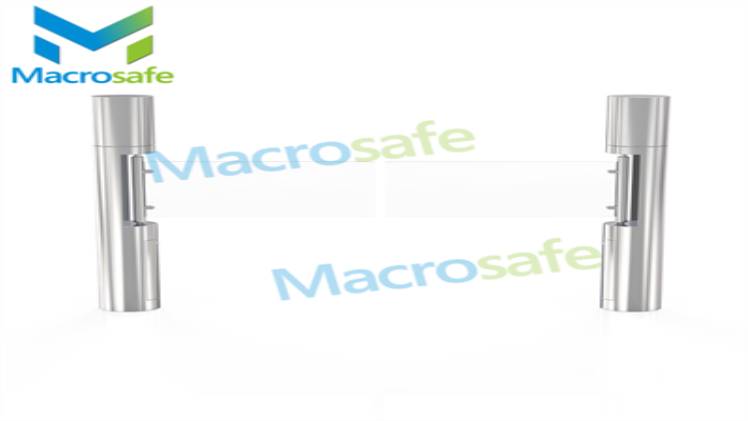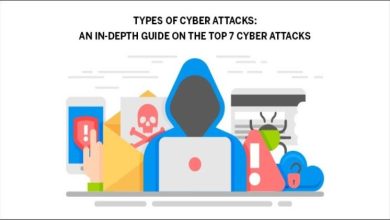8 Considerations for School Security Technology Entry Control

School security is a top priority for administrators, teachers, and parents. Ensuring the safety of students and staff requires a comprehensive approach that includes physical security measures, emergency preparedness training, and access control systems. One critical aspect of school security technology is entry control. Here are eight considerations for implementing entry control measures in schools.
- Assess Your School’s Needs
Before implementing any entry control system, it’s essential to evaluate your school’s unique needs. Consider the size of the campus, the number of students and staff, and the current security measures in place. This assessment will help you determine the type of entry control system that is best suited for your school.
- Choose the Right Hardware
When it comes to entry control technology, there is a wide range of hardware to choose from. Options include electronic turnstile, card readers, proximity sensors, biometric scanners, and video surveillance cameras. Selecting the right hardware is critical to ensuring that your entry control system provides the level of security required for your school.
- Consider the Set-Up and Location
The location and set-up of your entry control system’s hardware are critical to its effectiveness. For example, a card reader should be located at electronic turnstile, and only authorized personnel should have access to the cards. Additionally, video surveillance cameras should be visible to deter potential intruders and capture any suspicious activity.
- Think about Access Levels
Not everyone in your school requires access to every area. Your entry control system should have different access levels based on job roles, responsibilities, and clearance levels. For example, a receptionist may have authorized entry to the front office, while a teacher may have access to their classroom or designated areas only.
- Consider Integration
Your entry control system should integrate seamlessly with other security technologies, such as video surveillance, fire alarms, and emergency alert systems. Integration ensures that all systems work together efficiently in emergency situations and provide a comprehensive view of the school’s security status.
- Communication is Key
Effective communication is essential to any successful school security plan. Staff and students should be aware of the entry control system and understand the importance of following protocols. In addition, regular training and drills should be conducted to ensure that everyone knows what to do in an emergency situation.
nickfinder | fonts for instagram | Shayari | Drama | The Techno Tricks
- Plan for Emergencies
No matter how secure your school’s entry control system is, emergencies can still happen. Your entry control system should include emergency protocols, such as lockdown procedures, and emergency overrides to allow authorized entry for first responders.
- Keep Up with Maintenance
Like any technology, entry control systems require regular maintenance and upgrades to ensure optimal operation. Monitoring and testing the hardware, updating software and firmware, and routine inspections are necessary to keep your system up to date and functioning correctly.
In short, implementing entry control technology is an essential part of school security measures. Evaluating your school’s unique needs, selecting the right hardware, considering access levels, integration, and communication, planning for emergencies, and maintaining the system will ensure the best possible security for staff and students. By following these eight considerations, schools can create a secure and safe learning environment for all.





